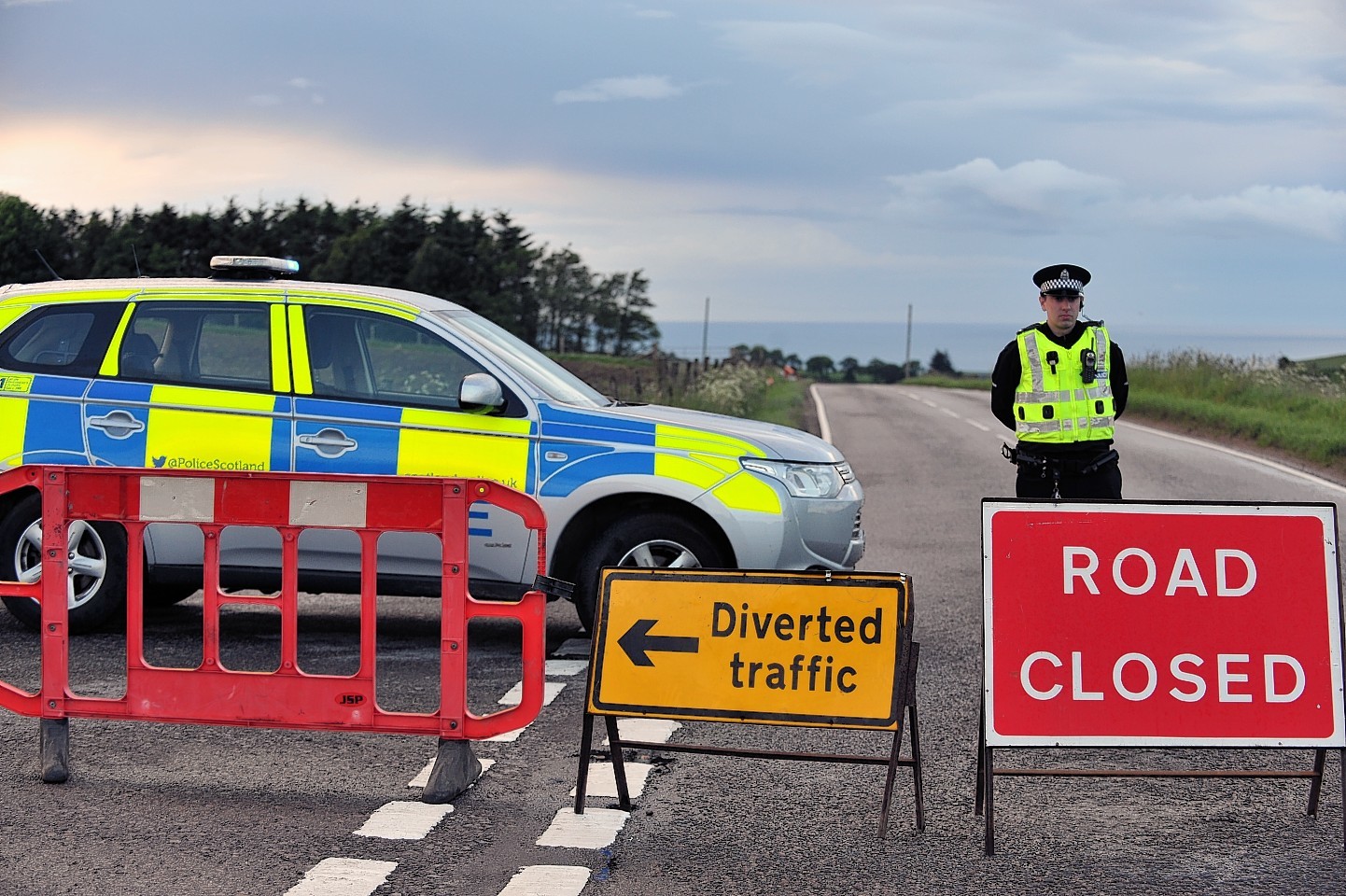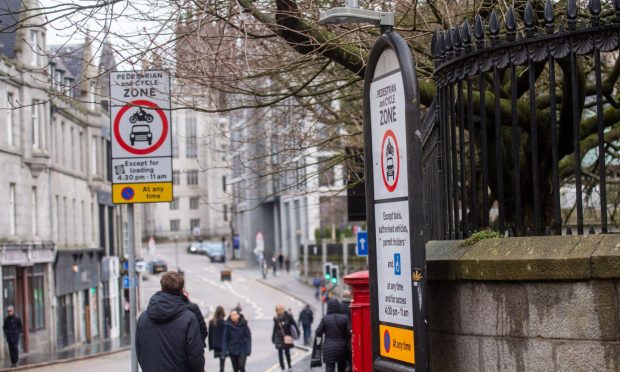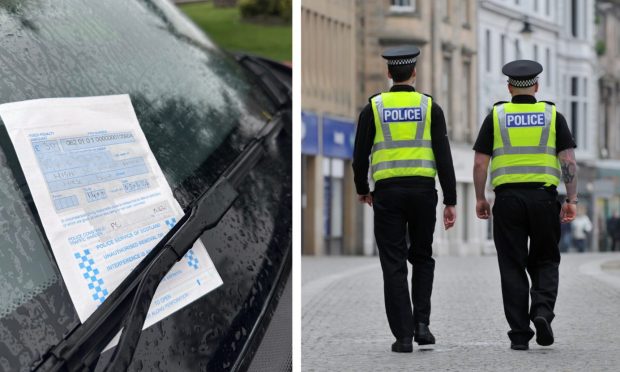Concern has been expressed at a large rise in the number of people killed on north and north-east roads last year.
Official figures show the number of fatal casualties increased by nearly 40%, up from 36 in 2012 to 50 last year.
The biggest jump was in Aberdeenshire and Moray where the number of people who died from traffic accidents went up from 16 to 26 – a 62.5% increase.
Fatal casualties in the Highlands and Islands went up by 20%, from 20 to 24, the majority – 21 – on the mainland.
Rural roads and inexperienced young drivers are thought to be the main cause. By comparison the number of road deaths in Aberdeen, halved from eight to four.
Transport Scotland plans to rerun the Country Roads media campaign, featuring former Scottish Formula One racing driver David Coulthard in September.
The increase in road deaths was in stark contrast to the overall decline in road casualties in the Highlands and Islands and Aberdeenshire and Moray, down from 1,647 in 2012 to 1,496 in 2013.
Highlands and Islands Labour MSP David Stewart said the figures were disturbing and in line with UK ones that showed the north-east and Highlands had the highest rates for casualties for those aged under 25.
The large number of single track roads in the Highlands and Islands were probably a factor, he said.
“Probably the biggest thing we can do to reduce fatalities is ensuring that new drivers, particularly new young drivers have more training and experience,” he said.
North-east Labour MSP Richard Baker said: “To see such an increase in fatalities on north-east roads is a very sad statistic behind which lies anguish for many families.
“This shows that efforts must be redoubled to ensure that our roads are safe, and historically the north-east has had a high number of accidents.”
North-east Tory MSP Nanette Milne said: “These statistics show once again the shocking road safety record on north-east roads.”
A Transport Scotland spokeswoman said action was being taken to increase awareness of the dangers of rural roads, particularly with young and inexperienced drivers.
“There is a higher proportion of fatalities on roads in rural areas. Many of these roads have higher speed limits than roads in urban areas and, therefore, accidents are likely to result in more severe consequences,” she said.










